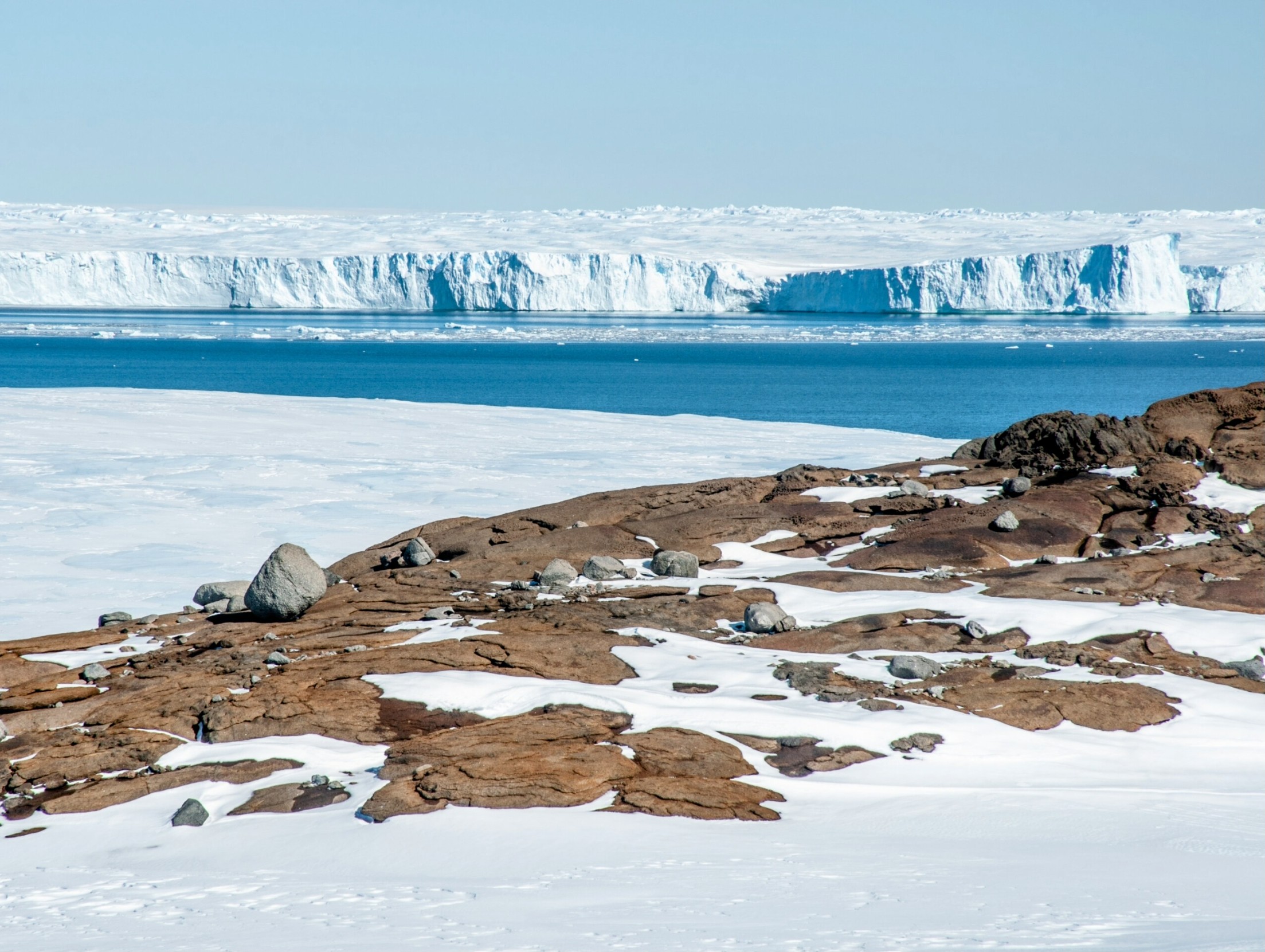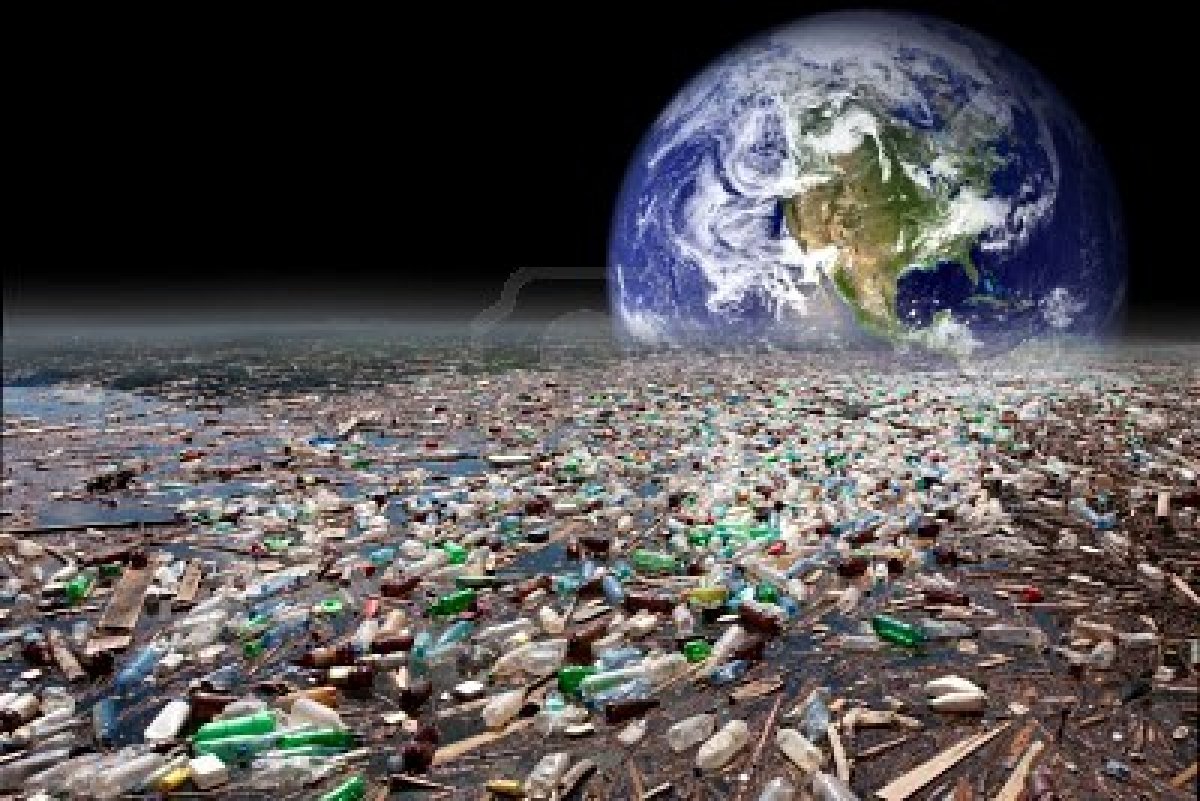
New research shows polar ice sheets may begin irreversible collapse even at 1.5 C warming - putting millions at risk.

Researchers have used computer models to forecast when the Arctic Ocean might experience its first ice-free day.

Melting at the interface between ice sheets and the ocean in the Arctic is much more extensive than previously estimated. Melting in the Arctic could have catastrophic effects on the rest of the world.

Beneath one Arctic island's permafrost, millions of cubic meters of methane are trapped—and scientists have now learned that it can migrate beneath the cold seal of the permafrost and escape.

A new study finds that Arctic sea ice could disappear in the summers as early as the 2030s, a decade earlier than previously thought

Even if we manage to stabilize Earth's temperatures by peaking at 2 °C, Greenland's and Antarctica's vast ice sheets are on track for irreversible melting, a new study warns.

For the first time since records began, the main nursery of Arctic sea ice in Siberia has yet to start freezing in late October. The delayed annual freeze has been caused by extreme warmth.

High temperatures in the Arctic have puzzled scientists for decades. Now, a new study supports predictions that the Arctic could be free of sea ice by 2035.

A new analysis of numerous climate models predicts the Arctic Ocean will become ice-free in the summer before the mid-point of this century – a startling forecast that persists even if we cut down atmospheric CO2 emissions.
This visual representation of the ice age clearly shows how the quantity of older and thicker ice has changed between 1984 and 2016 and how the arctic sea ice is disappearing dramatically.

Scientists that studied the Western Canada’s permafrost, which is more ice-and sediment-rich than others, discovered that this permafrost meltwater contains sulfuric acid.

Arctic sea ice isn't just threatened by the melting of ice around its edges, a new study has found: Warmer water that originated hundreds of miles away has penetrated deep into the interior of the Arctic.

The oldest and thickest sea ice in the Arctic zone north of Greenland is splitting in a never-before-seen event. For the second time this year, the frozen waters cracked open to reveal the sea beneath them.

As April drew to a close, scientists confirmed that sea ice in the Bering Sea was at 10 percent of normal levels. This causes 'natural disaster' for Alaskan communities.

A new NASA-led experiment measured a key component of the Arctic’s energy balance from space for the very first time.